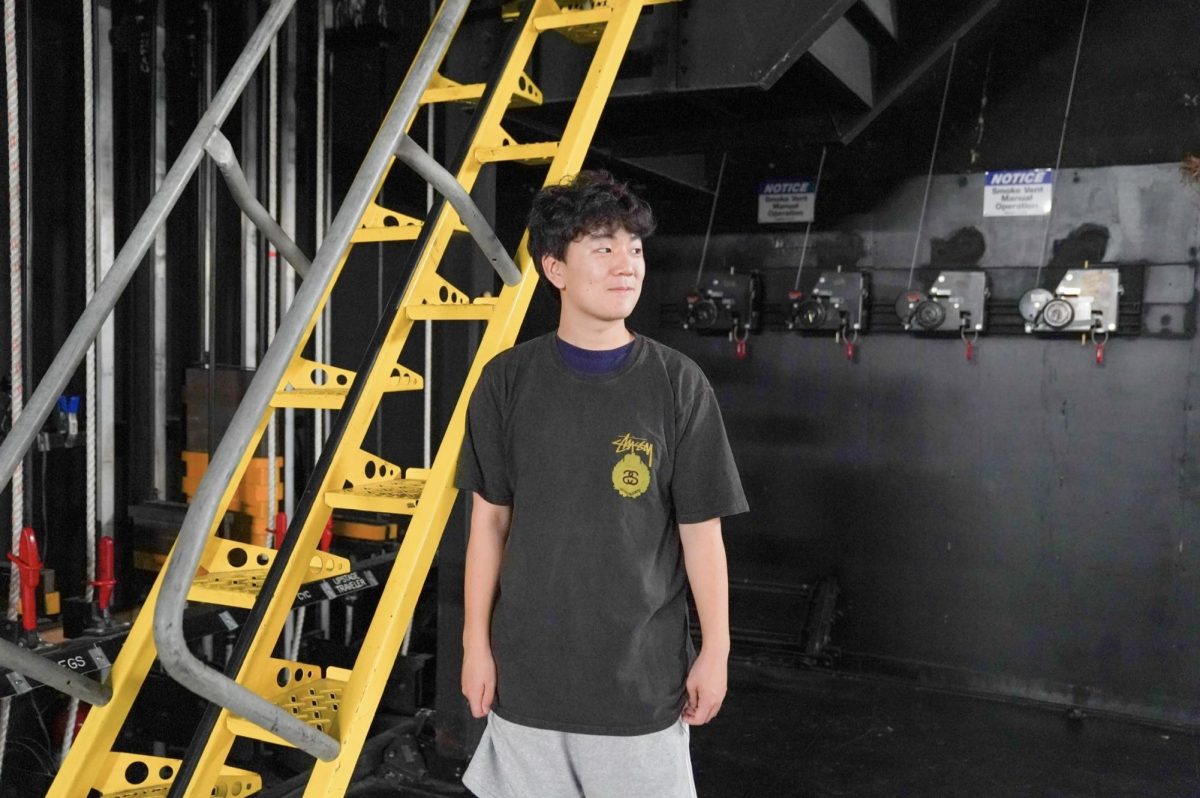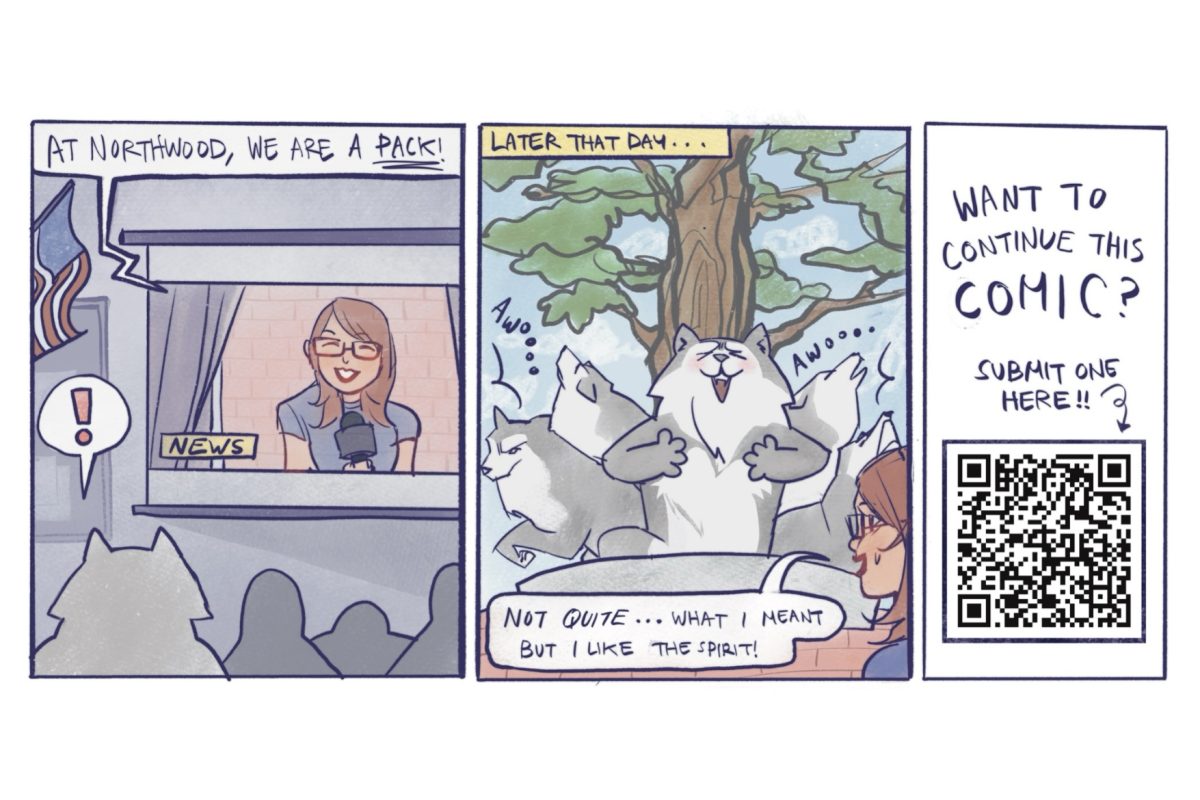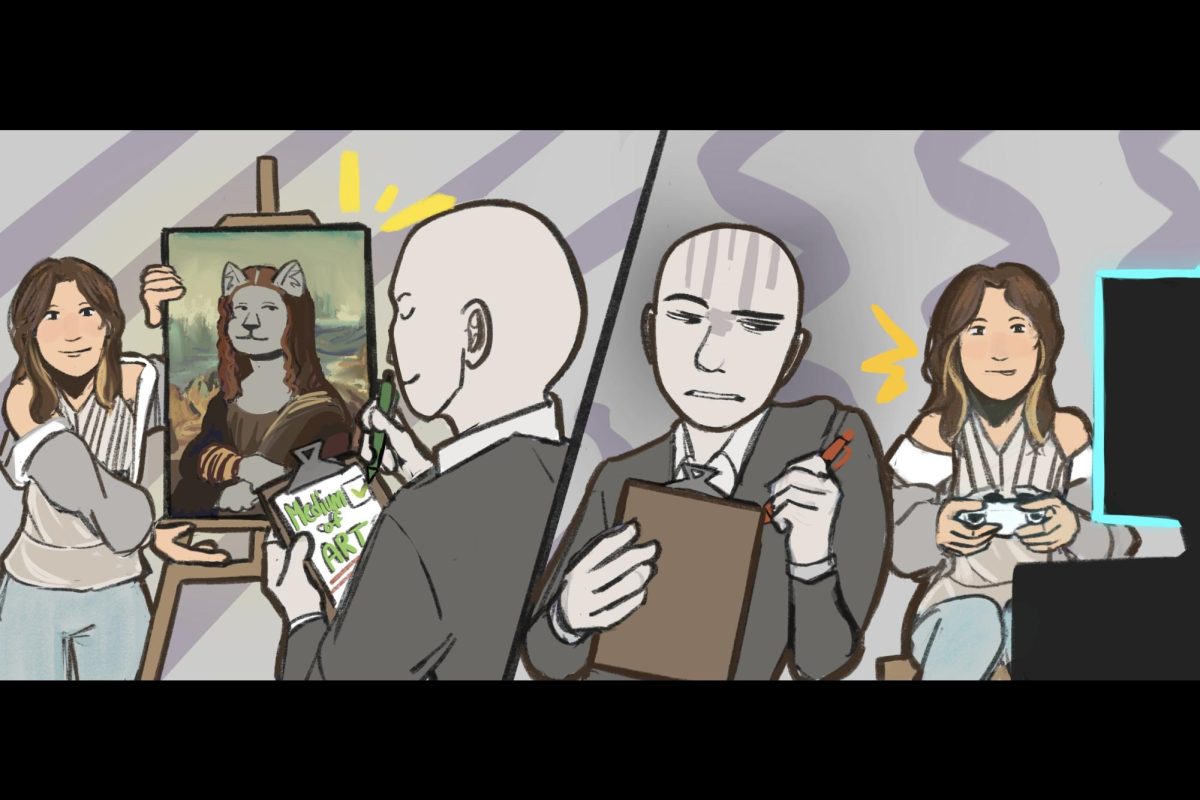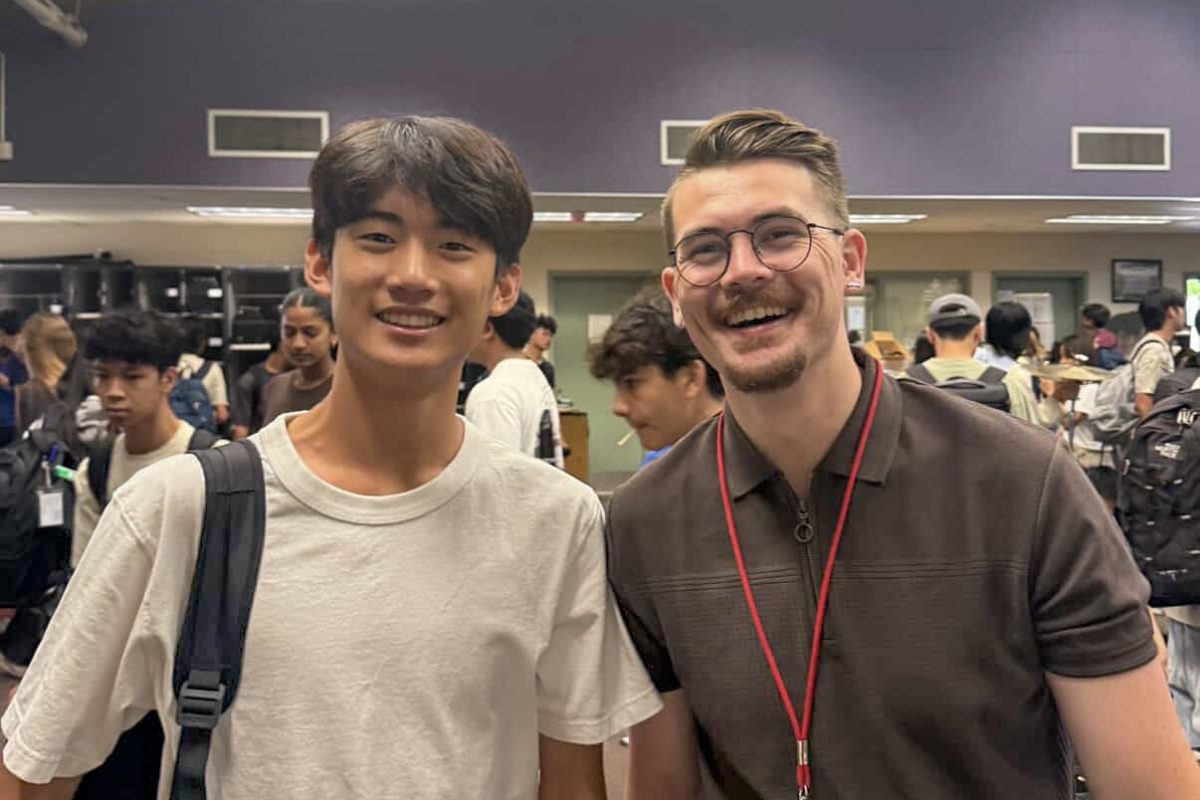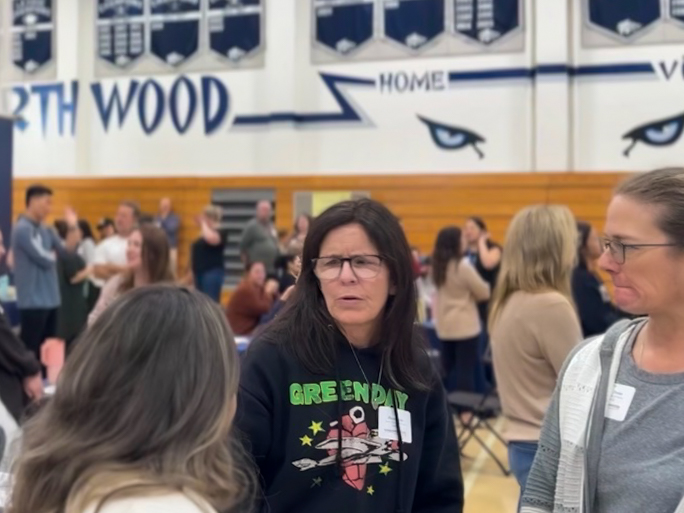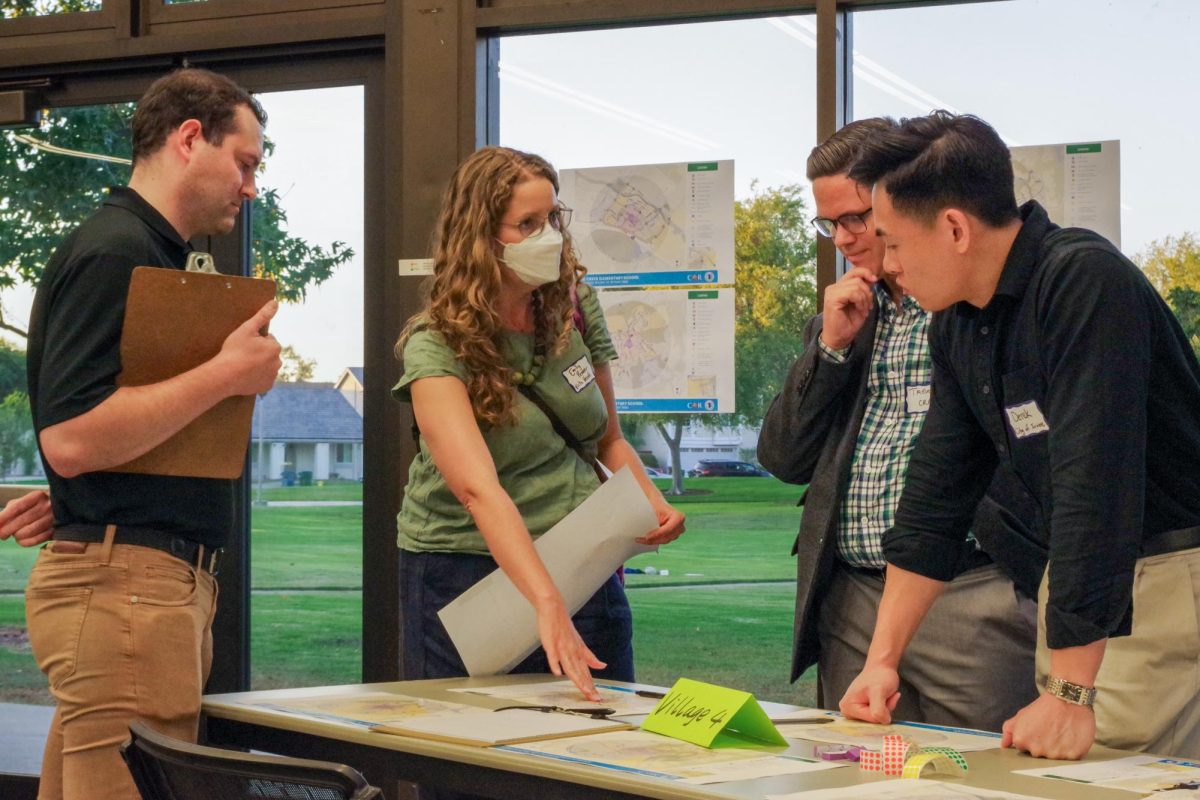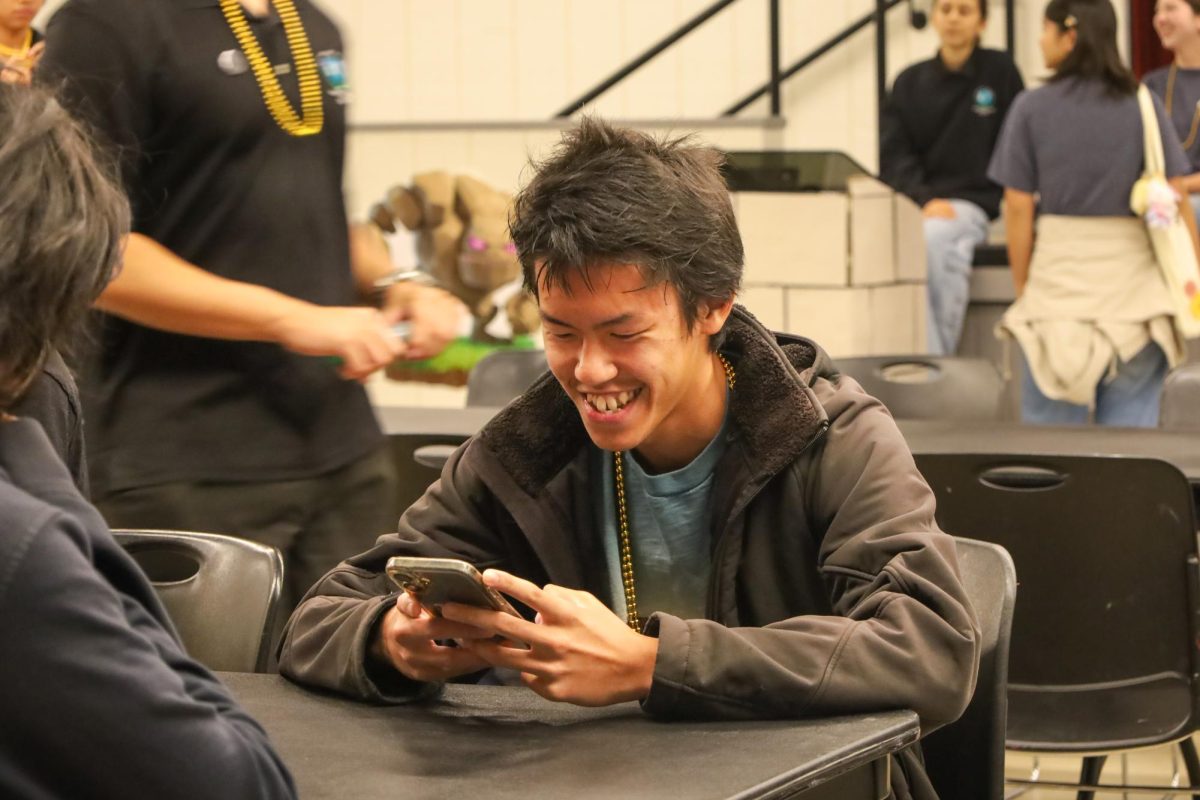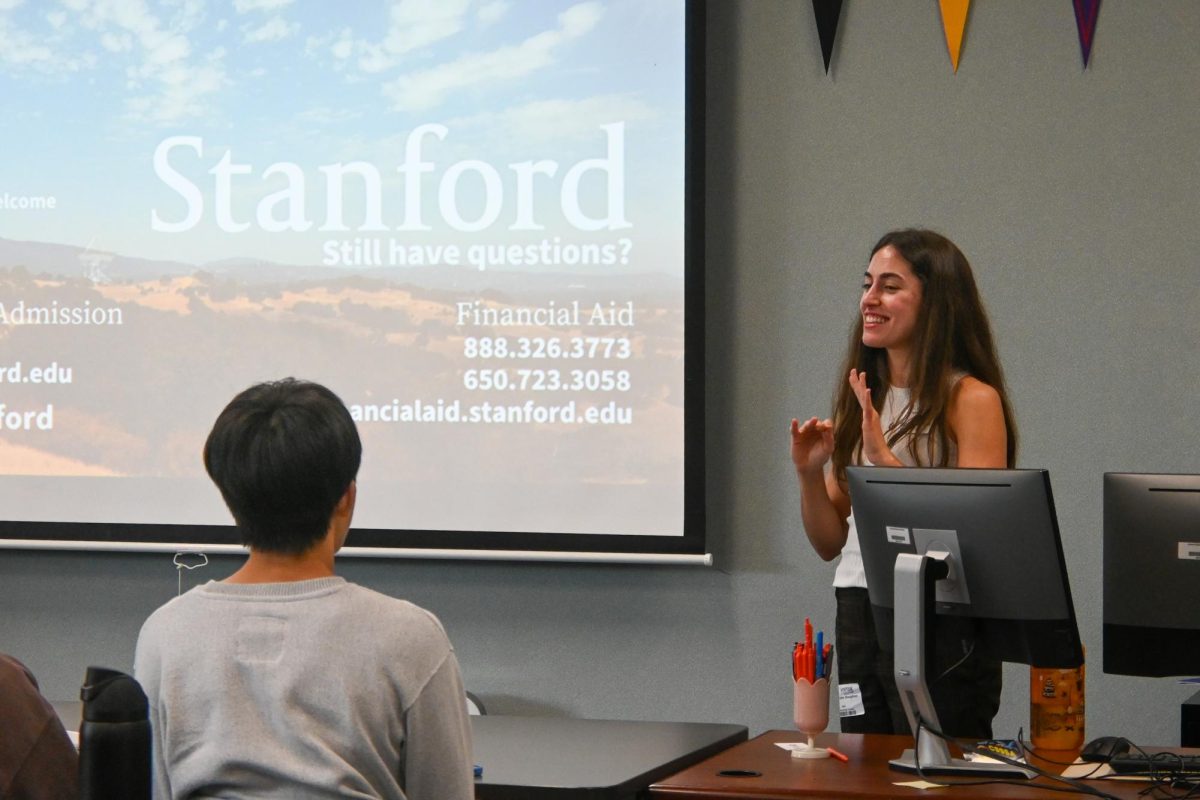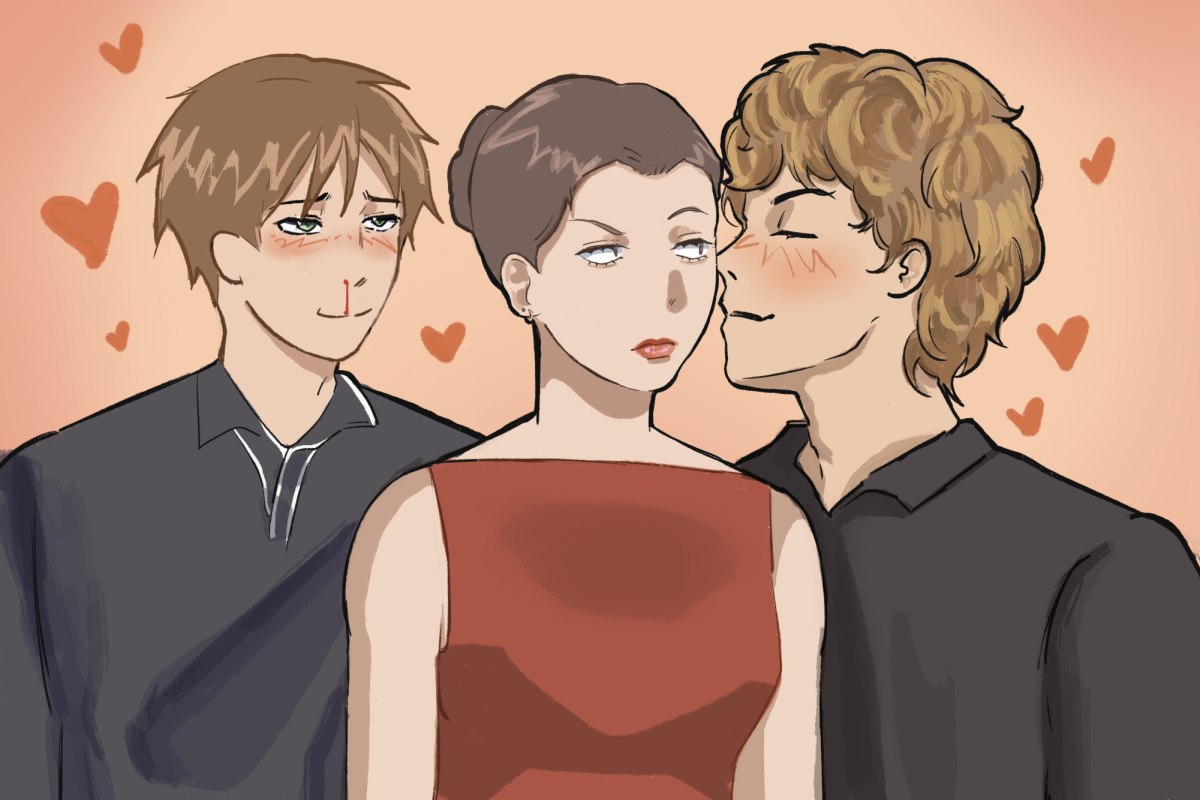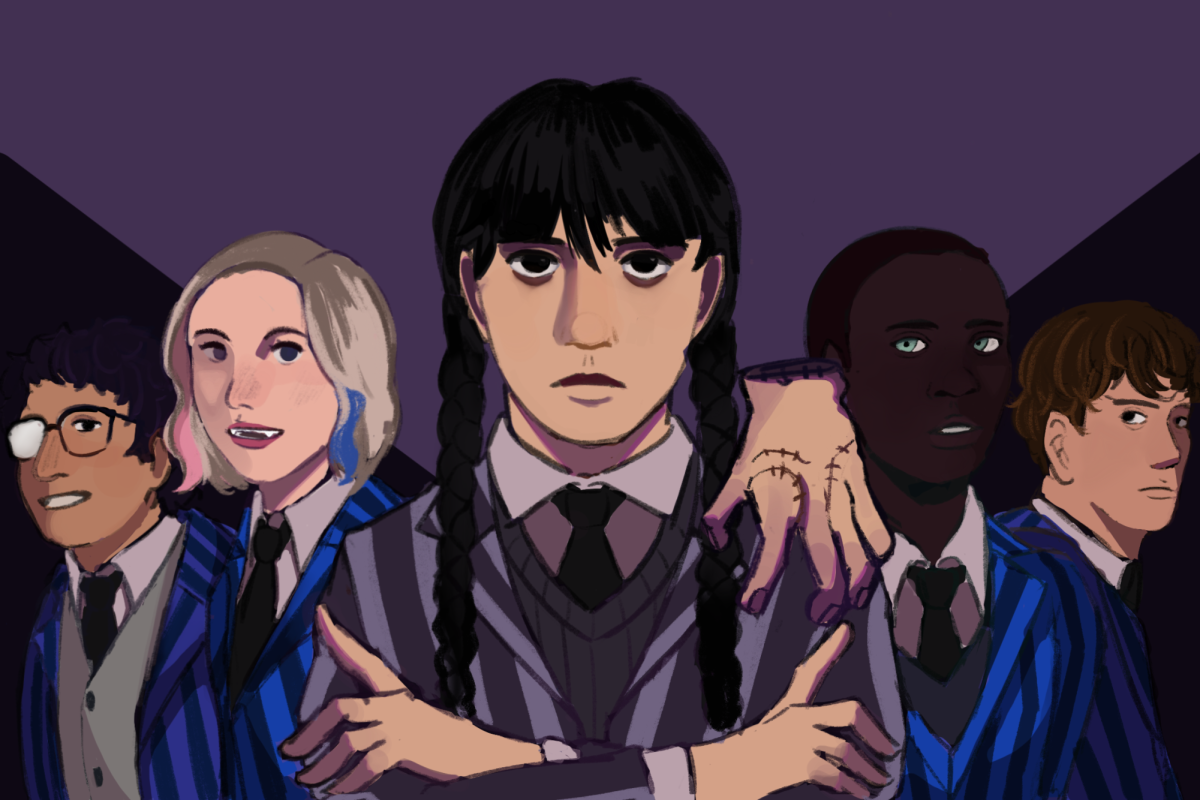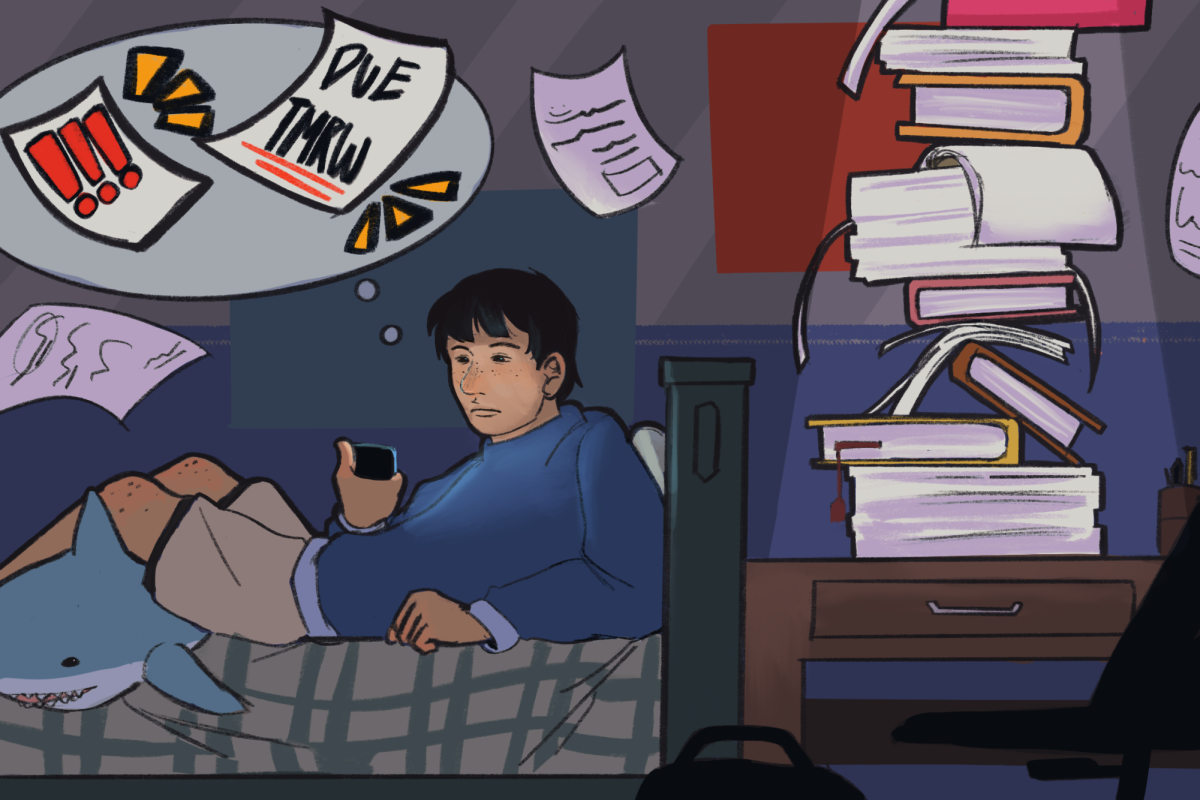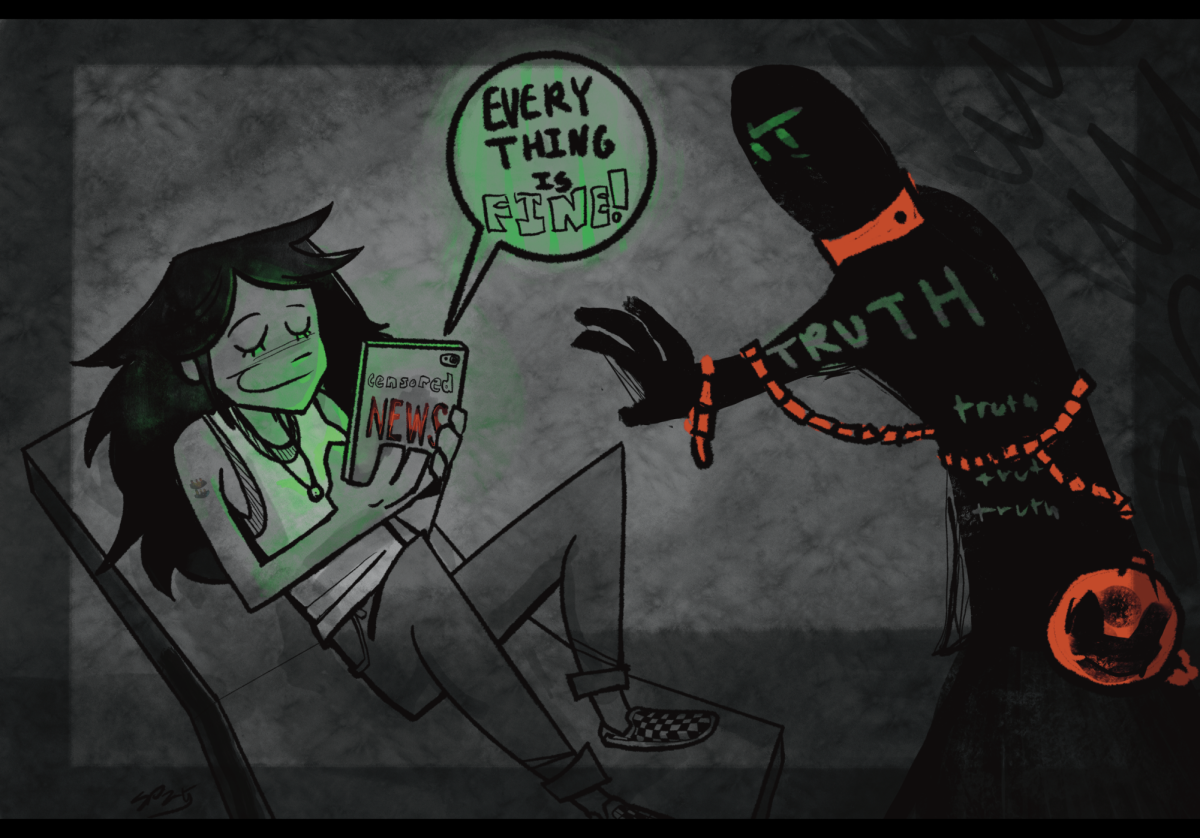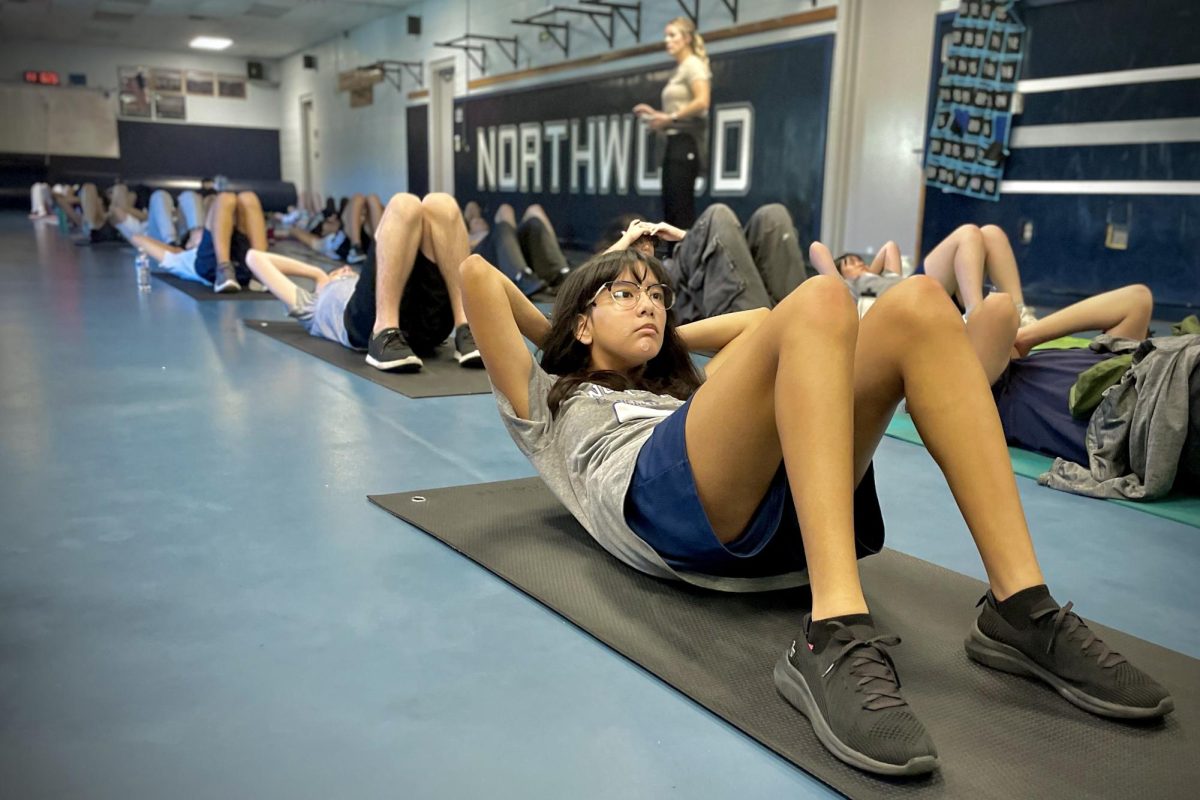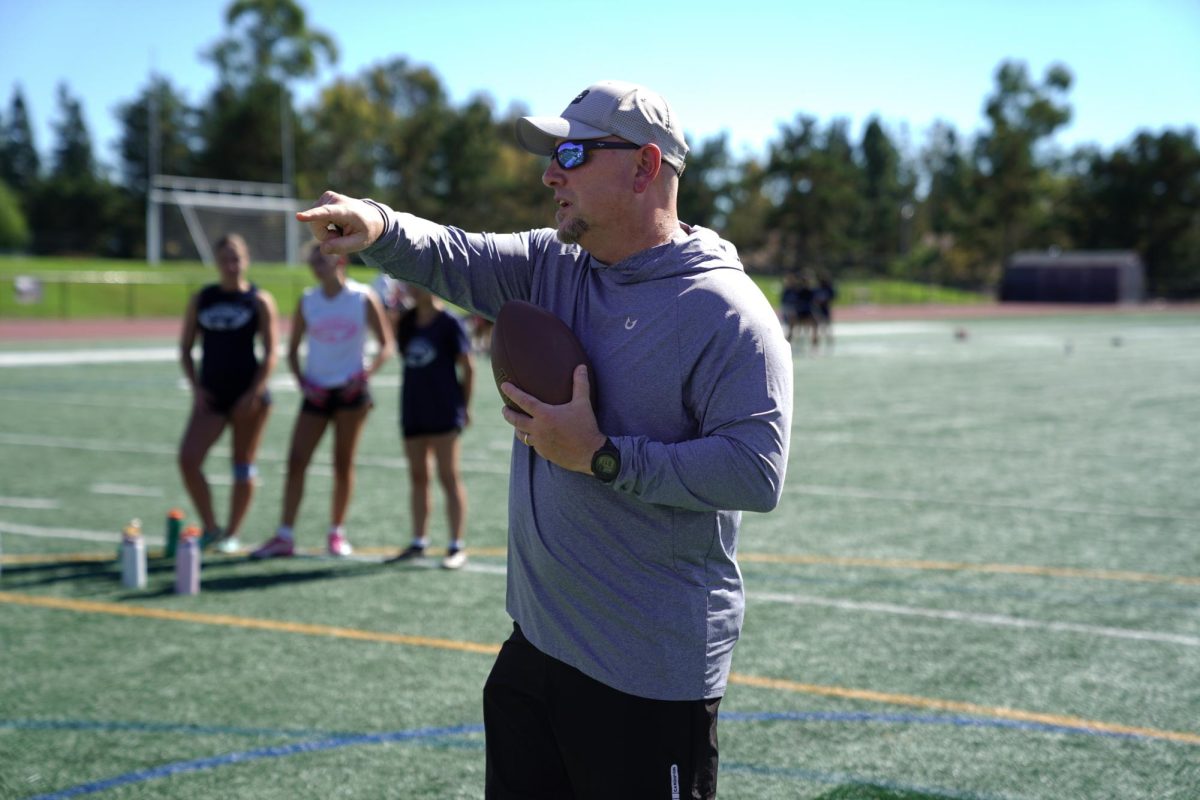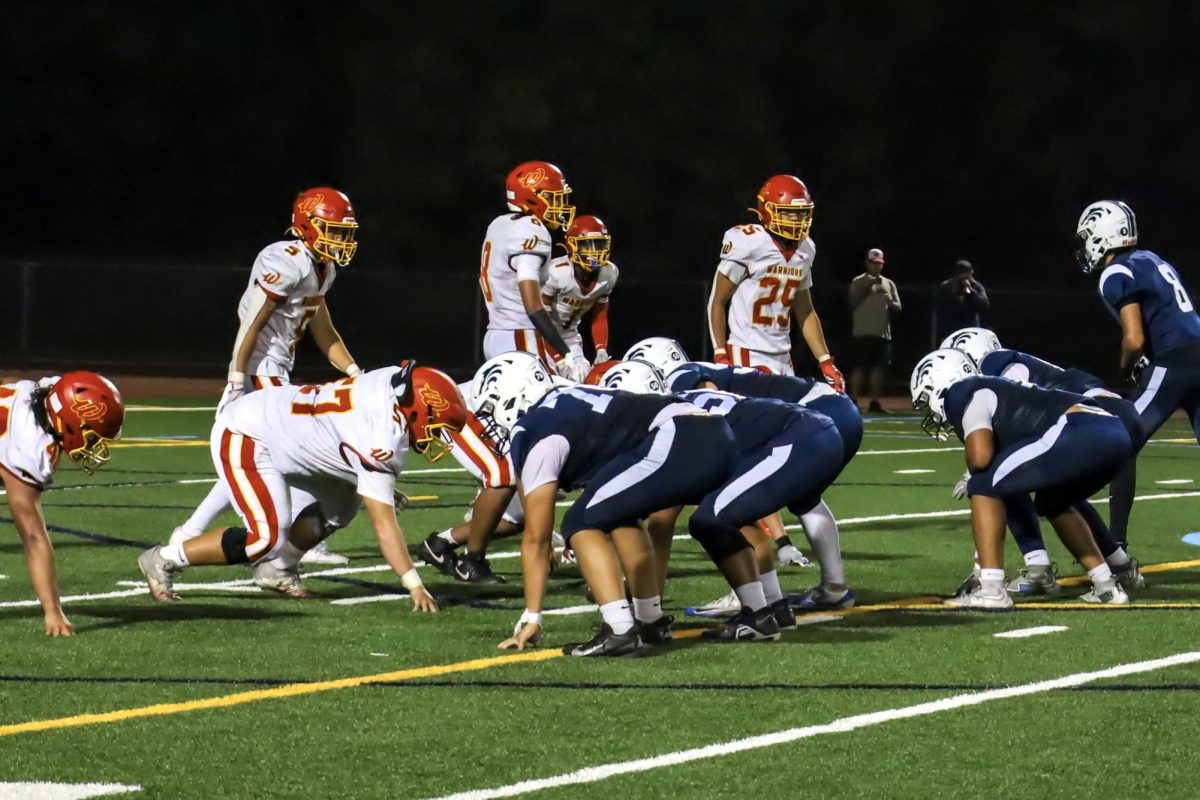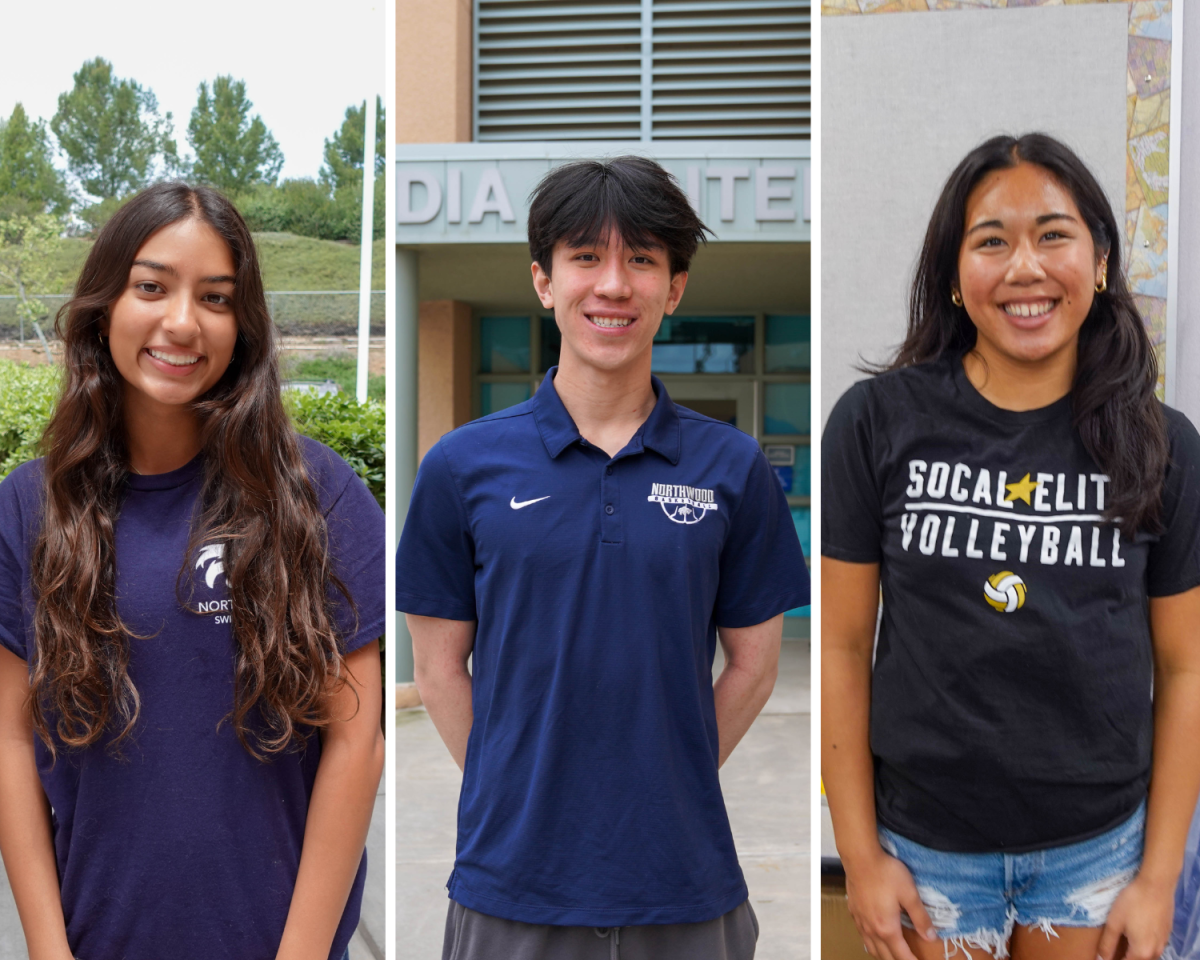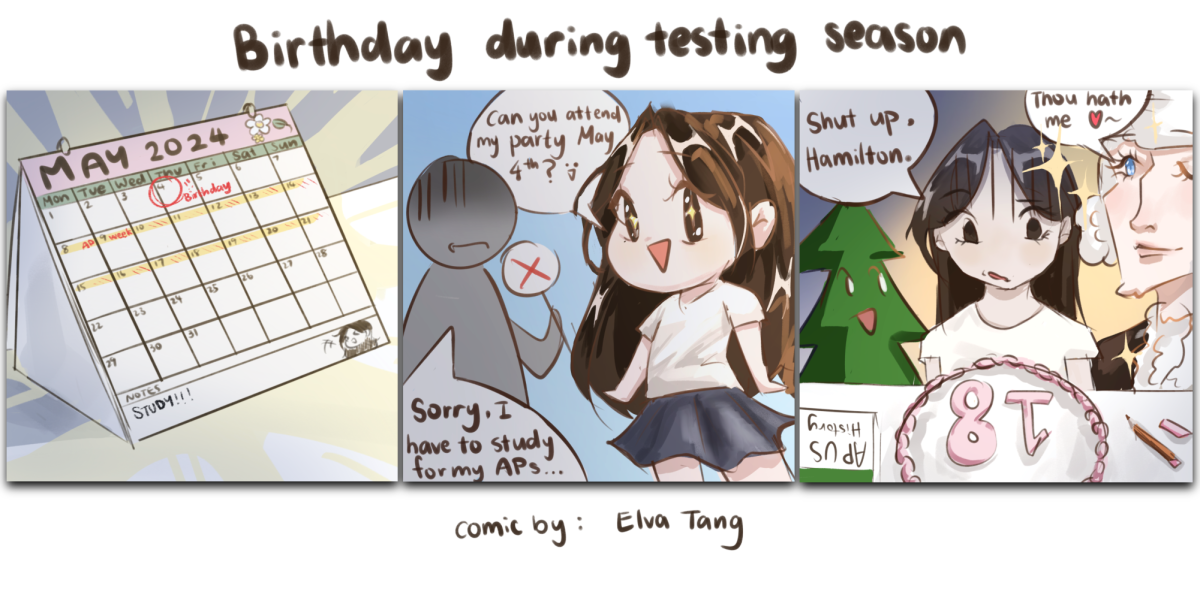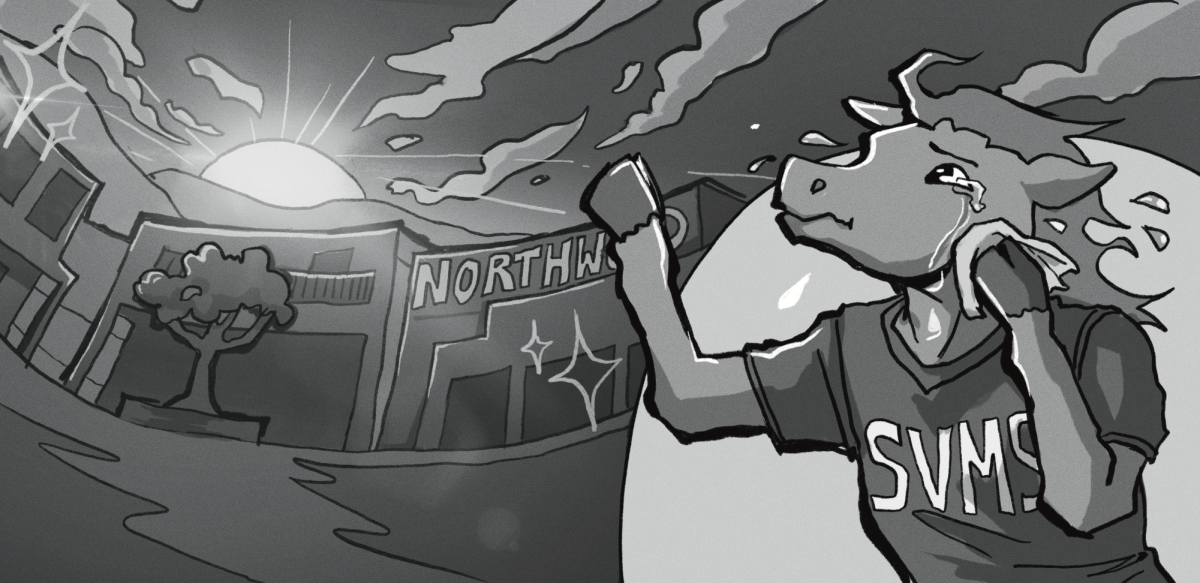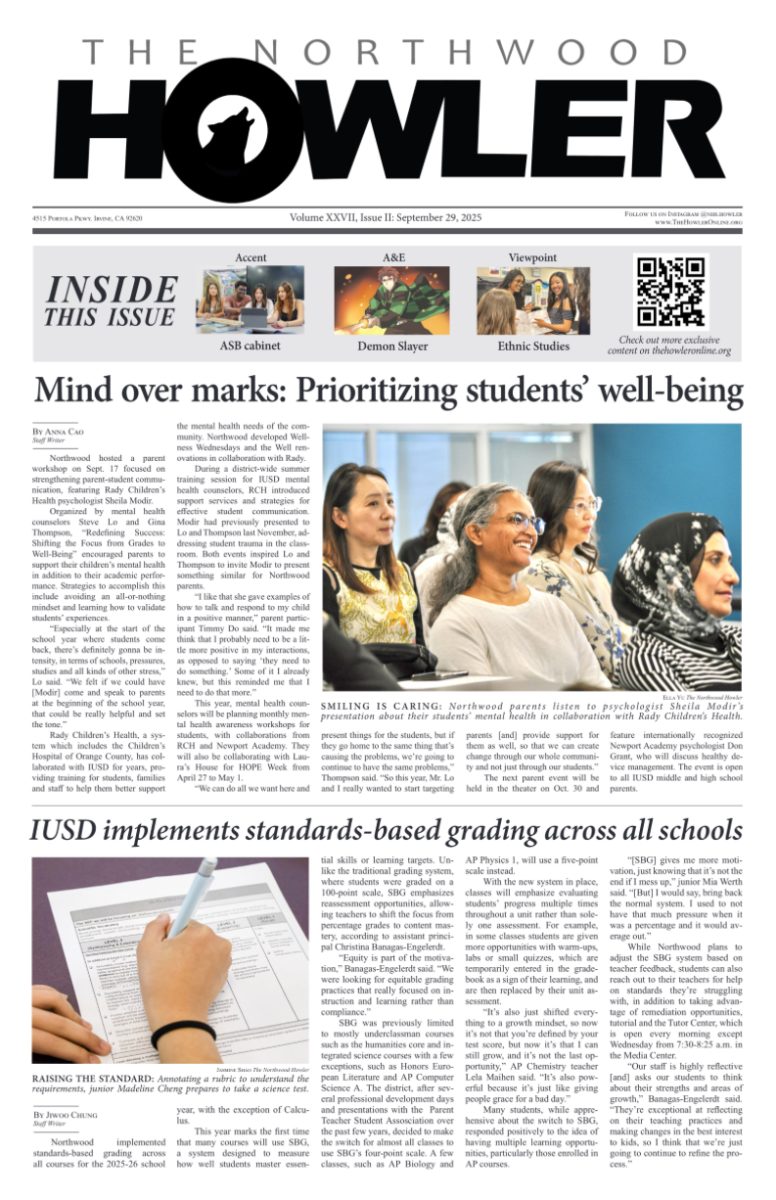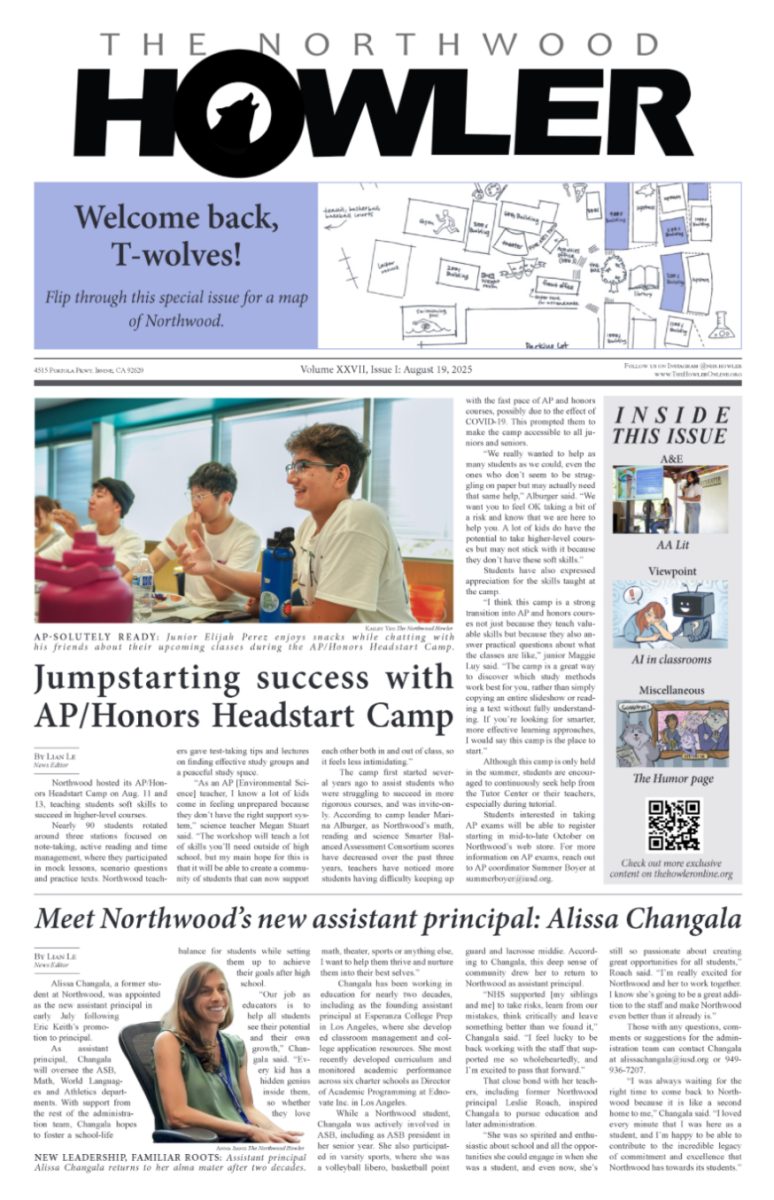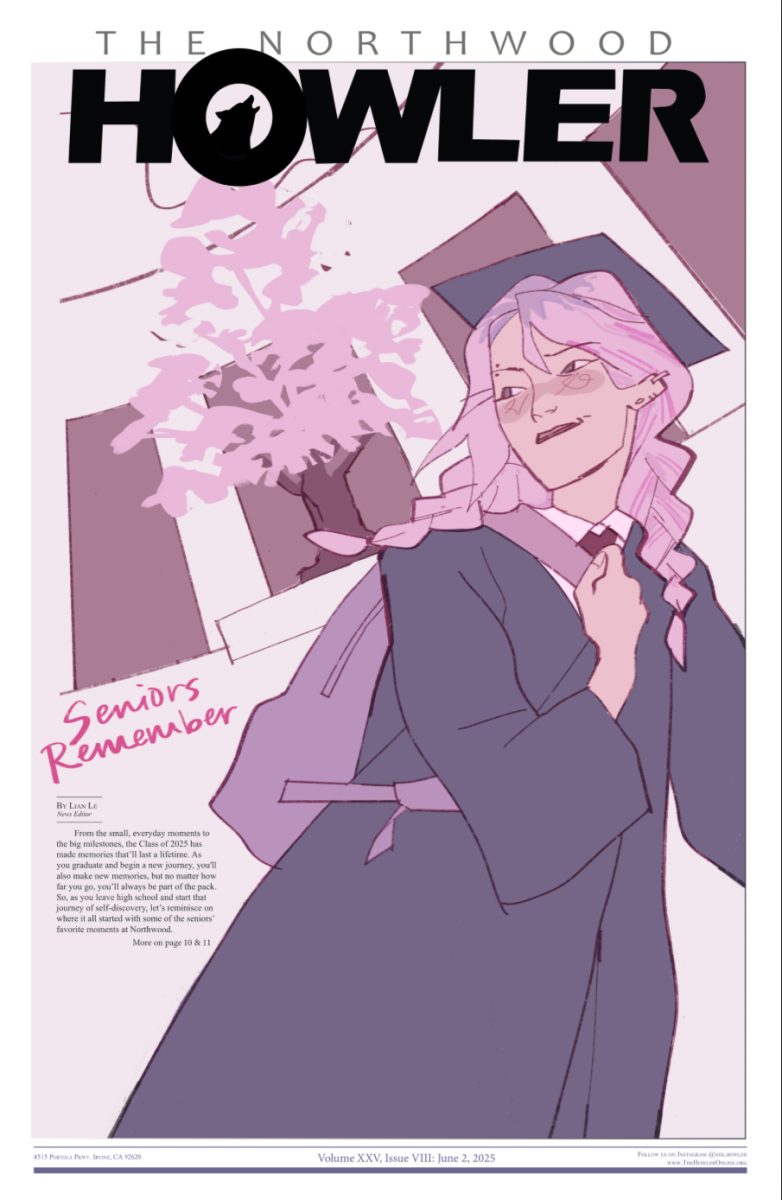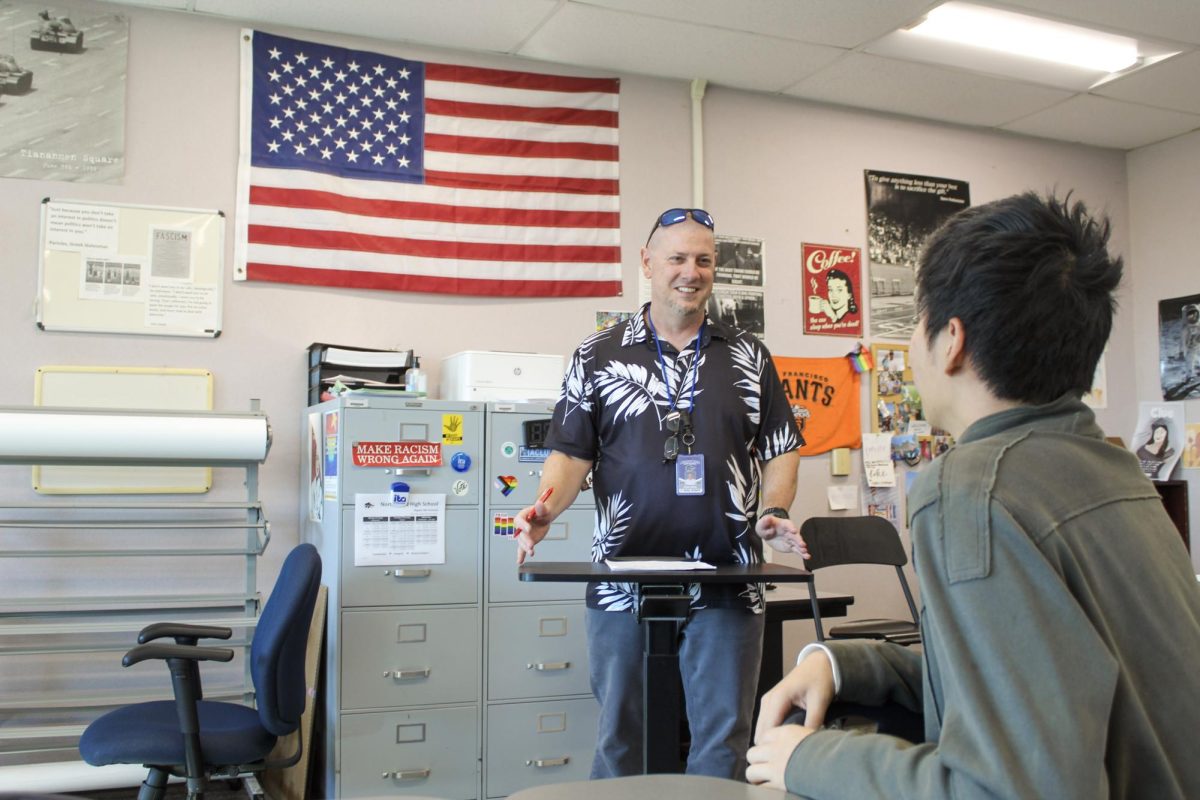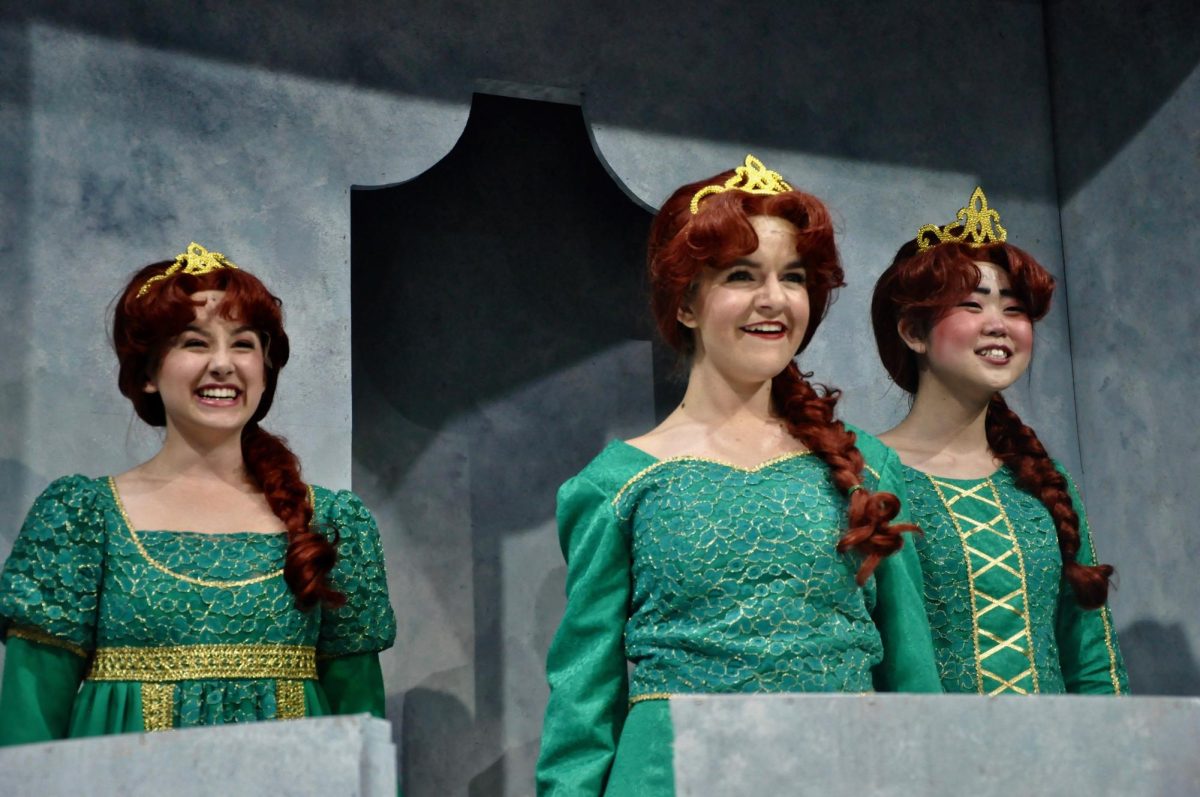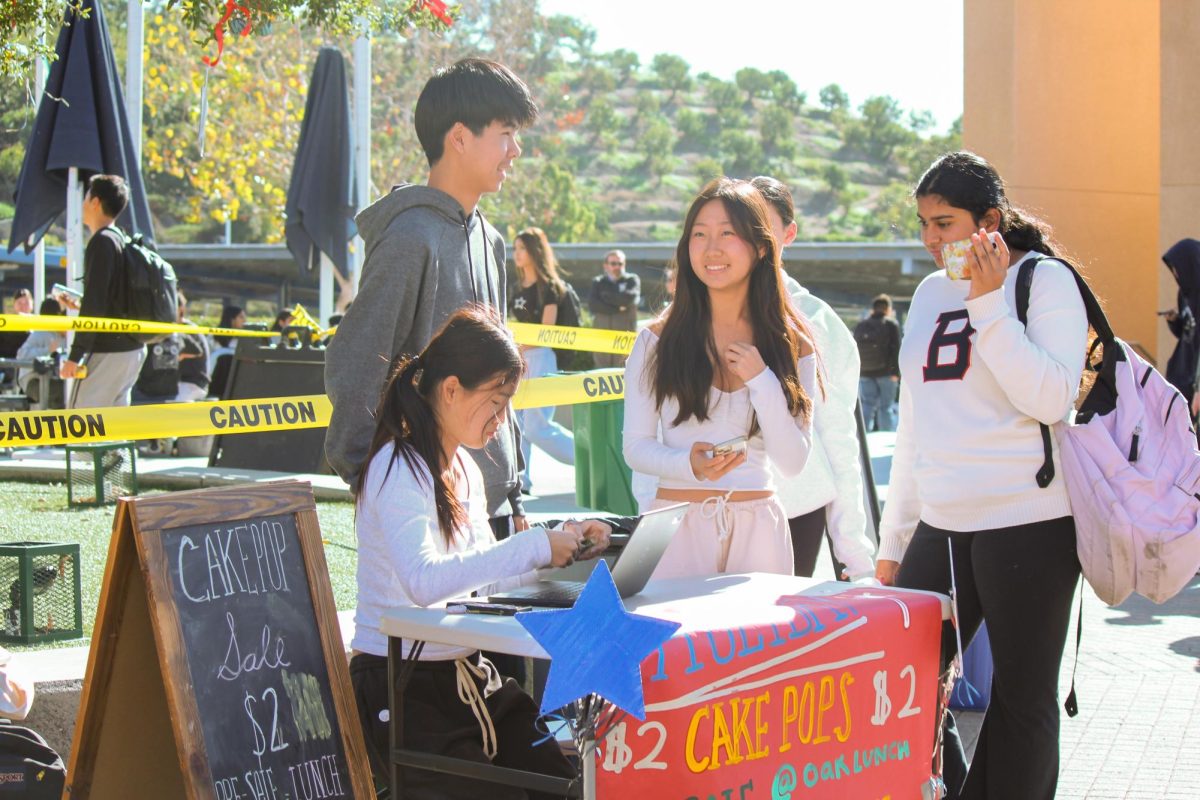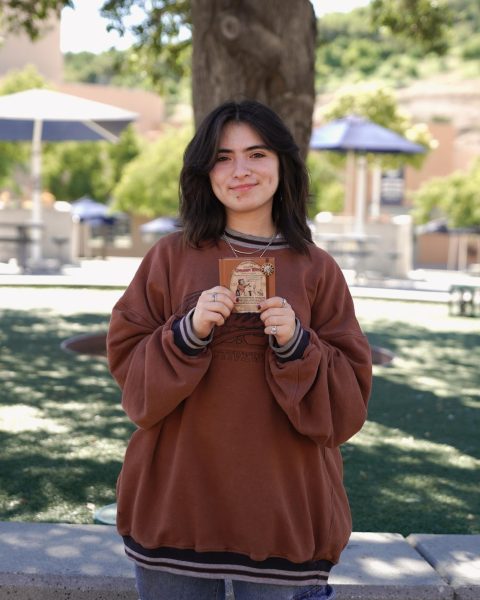You may not be a seasoned ornithologist, but that’s alright—you don’t have to memorize a bird encyclopedia to notice a bird. Here are some types of birds around campus… you might know some better than you think!
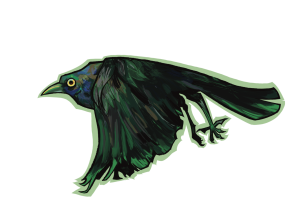
Scavengers: blackbirds and ravens
Brewer’s blackbirds are one of the most noticeable species you can find on campus, mostly because of the startling gurgling noise they project and their love for leftover cafeteria food. They are often found loitering in the parking lot, although the males and females have different appearances: While the males have glossy black feathers and yellow eyes, the females have more grayish-brown feathers and darker eyes.
Another solo scavenger on campus is the raven, another black-feathered species. They tend to be a bit territorial, especially regarding sharing space with smaller crows that they are commonly mistaken for.
“Most black birds that you see on campus, if they’re small, they’re Brewer’s blackbirds,” AP Environmental Science teacher Megan Stuart said. “If they’re larger, they’re mostly ravens.”
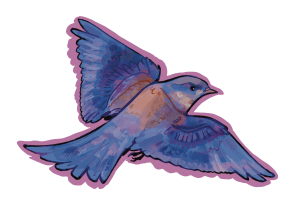
Colorful: bluebirds and finches
Though our campus doesn’t have many colorful birds, students have likely seen a western bluebird or heard its soft chirps. Its striking bright blue plumage, contrasting with the rusty orange around its chest, stands out from other species.
House finches, with bright red feathers running from their forehead down to their chests, are vibrant birds that typically hang around vegetation. The males, whose bright colorations make them more attractive to females, can sometimes be found singing their songs from the tops of trees. Maybe they will be singing “Bird’s Lullaby” like Northwood’s choir for their Fall Informance.
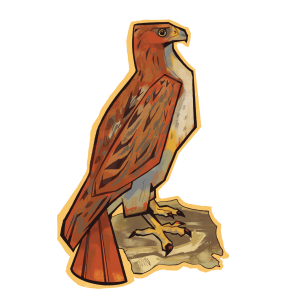
Track birds: vultures and hawks
With their pinkish and featherless heads, turkey vultures are incredibly distinguishable large birds which can often be found circling above Northwood’s athletic fields. They tend to fly in groups, and have impressively large wingspans.
Two species of hawks also enjoy spending time in this area: the red-shouldered hawk and the red-tailed hawk, with reddish feathers around their shoulders and tails, respectively. The screeches of red-tailed hawks are commonly mistaken for those of bald eagles.
“They’re cool to see around, especially sometimes they’ll perch on the cypress trees by the fire road,” Bird Club president senior Yun Wen said. “They’ll go to the high up spots and they’ll just sit there.”
Around the hills: roadrunners and wrens
Beyond the bustling campus life, our rolling hills towards the back of our school provide a comfortable spot for birds to hang out. Though it may be overlooked, this location is filled with life, offering the kind of wilderness most birds are accustomed to.
Greater roadrunners commonly roam this area. Fittingly named for their running abilities, you might find these future cross-country athletes sprinting and jumping across the grass. The tuft of feathers on top of their head almost resembles a human mohawk, and their tails seem long and sharply angled in comparison to the rest of their body.
Though generally more rare, you could have the fortune of witnessing a Bewick’s wren. Despite being rather stout in appearance, their long, angular eyebrows combine an adorable and fierce look.

